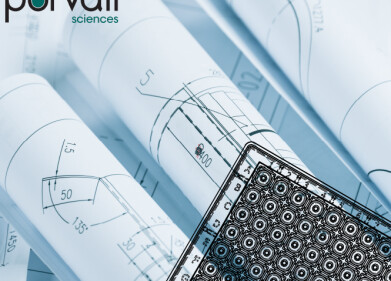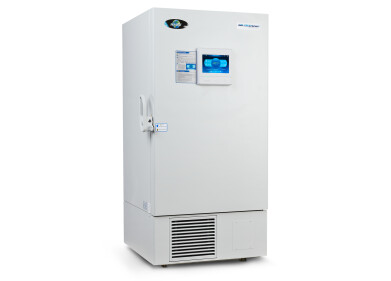Laboratory Products
Proliferation of HepG2 cells on BRANDplates® cellGrade™ plus surface
Jul 31 2018
For each experiment HepG2 cells were seeded at a density of 6000 cells/cm2 in wells of transparent 96-well F-bottom BRANDplates® and cultivated in DMEM medium containing 7% FCS at 37°C, 95% relative humidity and 5% CO2.
See Figure A
Metabolic activity measured by resazurin-resafurin turn over is used for relative quantification of cell numbers after 2 and 3 days post seeding. HepG2 cells were incubated in presence of 50 μM resazurin for 3 hours prior to fluorescence measurement (Ex 506 nm/Em 635 nm) in a plate reader (GeminiEM Molecular Devices). HepG2 cells cultivated on BRANDplates® cellGrade™ plus show higher fluorescence signals indicating higher cell numbers after 2 and 3 days in vitro (DIV) when compared to non-treated microplates (PS). Resafurin fluorescence measured in cell-free wells was used for background correction. Data represent mean and standard deviation of 8 measurements.
See Figure B
Representative images of HepG2 cells cultivated on non treated (PS) and cellGrade™ plus treated microplates at corresponding time points (200 x magnification).
Conclusion
BRANDplates® with cellGrade™ plus surface perfectly support attachment and proliferation of HepG2 cells.
Please click here for our BRANDplates® Selection Guide and further application notes.
Digital Edition
ILM 49.5 July
July 2024
Chromatography Articles - Understanding PFAS: Analysis and Implications Mass Spectrometry & Spectroscopy Articles - MS detection of Alzheimer’s blood-based biomarkers LIMS - Essent...
View all digital editions
Events
ACS National Meeting - Fall 2024
Aug 18 2024 Denver, CO, USA
Aug 25 2024 Copenhagen, Denmark
Aug 28 2024 Phnom Penh, Cambodia
Sep 04 2024 Chiba, Tokyo, Japan
Sep 04 2024 University of Warwick, Coventry, UK





















